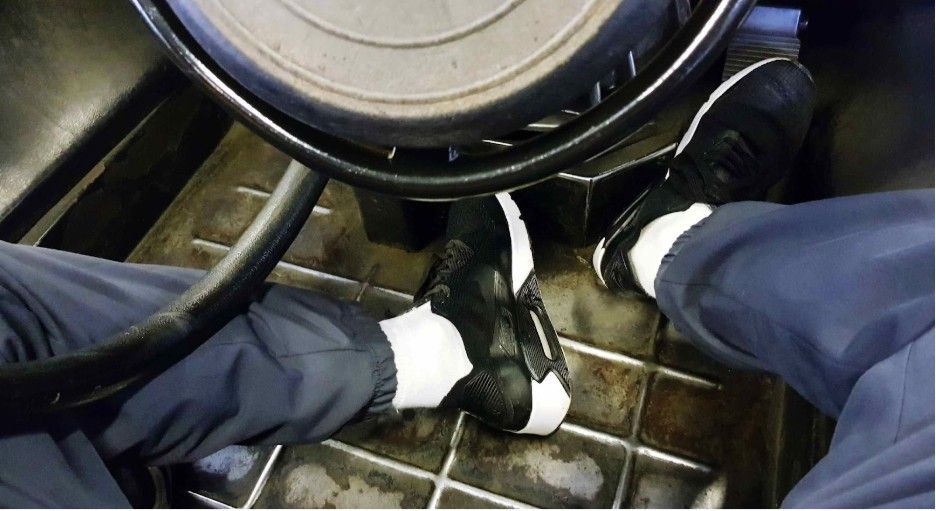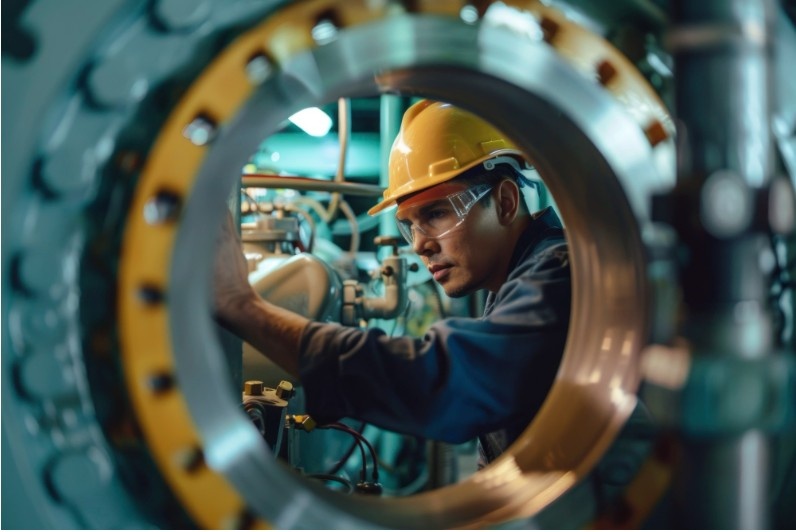A few years back, I visited a large construction site to do a safety assessment. I’ll never forget walking through the site with the project manager, discussing safety protocols. As we passed a work zone, I noticed a worker who was standing in a puddle of water near a construction vehicle, wearing regular sneakers. It didn’t take long before the worker slipped and nearly fell. While the incident wasn’t severe, it highlighted something I knew all too well—choosing the right type of foot protection can be the difference between walking away safely or experiencing an injury.
In the industrial world, particularly in environments involving heavy machinery or hazardous conditions, foot protection is a crucial component of personal protective equipment (PPE). Yet, many workers overlook or underestimate its importance until it’s too late. Whether you work in construction, manufacturing, or any other high-risk industry, understanding what to consider when selecting foot protection is essential.
This post will walk you through the key considerations for selecting the right foot protection, helping you stay safe while on the job.
Why Is Foot Protection So Important?
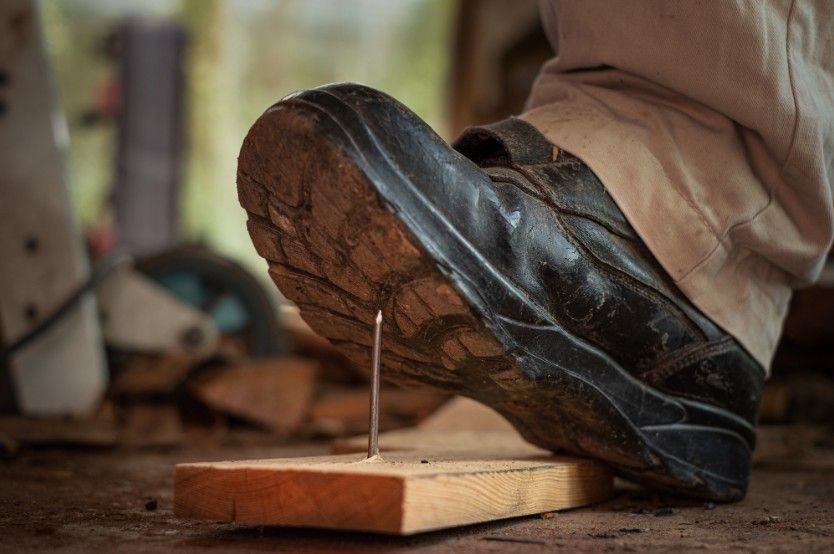
What Risks Does Foot Protection Guard Against?
Foot injuries are one of the most common workplace accidents, and they can be devastating. From slips and trips to falling objects and punctures, the risks are numerous. When workers fail to wear proper foot protection, they become vulnerable to these hazards. Think about it: your feet are involved in almost everything you do—whether you’re walking, climbing ladders, lifting heavy objects, or simply standing in place. Proper foot protection ensures that your feet stay safe from sharp objects, heavy items, chemicals, and electrical hazards.
Footwear designed for the job can prevent everything from sprained ankles to crushing injuries. This is why steel-toe boots, non-slip soles, and waterproof features are often essential in high-risk environments. The right choice of footwear can significantly reduce the number of foot-related injuries.
How Does Proper Foot Protection Benefit You?
Choosing the right foot protection isn’t just about safety—it’s about comfort and performance. The right boots or shoes will help you stay comfortable, supported, and alert throughout the workday. Let’s face it, if you’re constantly uncomfortable or distracted by poorly-fitting footwear, it’s hard to focus on the task at hand.
Good foot protection can also boost your productivity. When your feet are properly supported, you’re less likely to tire out, and more likely to keep your energy up and perform at your best. Proper footwear not only guards against injuries but enhances your ability to work in challenging conditions.
What Factors Should You Consider When Choosing Foot Protection?
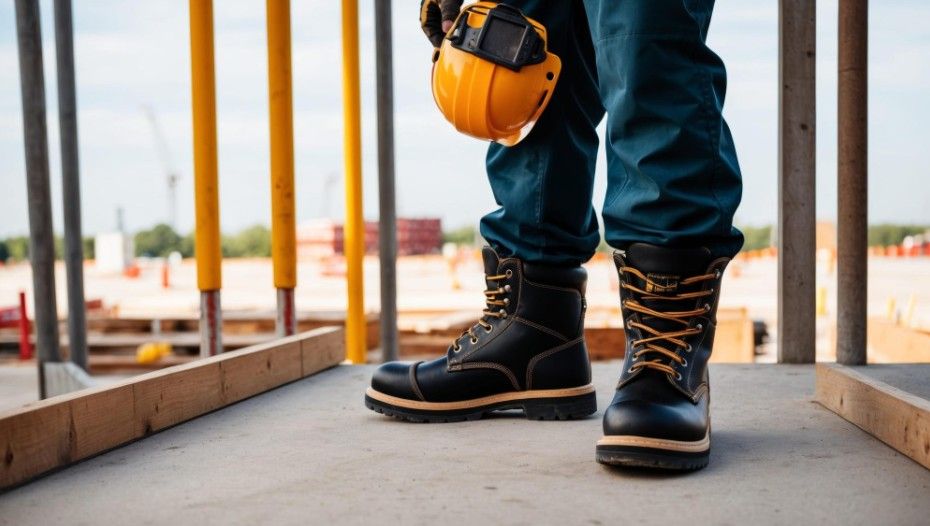
How Do You Choose the Right Foot Protection for Your Environment?
Choosing the right type of foot protection for your job requires you to understand your environment and assess the specific risks involved. Here are the key factors you need to consider:
1. Job Type and Hazards
The most crucial factor is the nature of the work and the specific hazards you face. For example, if you’re working in a construction site where heavy objects might fall, steel-toe boots are essential to prevent crushing injuries. On the other hand, if you’re working in a chemical plant, you’ll need chemical-resistant boots to protect against spills or splashes.
2. Comfort and Fit
When choosing foot protection, comfort should never be compromised. Workers who spend long hours on their feet need footwear that fits well and provides proper arch support, cushioning, and breathability. Ill-fitting shoes can lead to fatigue, blisters, and long-term foot problems, such as plantar fasciitis. Make sure to try on boots or shoes and consider custom insoles if necessary.
3. Slip Resistance
If you’re working in environments where spills or wet conditions are common, such as kitchens, factories, or construction sites, slip-resistant soles are essential. Non-slip shoes have specially designed soles that provide better traction and prevent accidental falls. Look for Vibram soles or other types of slip-resistant technology for the best results.
4. Durability
The durability of foot protection is another key factor. Select footwear made from high-quality materials and designed to withstand the specific wear and tear of your work environment. Leather boots are durable for tough conditions, while rubber boots might be more suited for wet environments. Ensure your shoes or boots can last for months, even in rugged conditions.
How to Make the Most of Your Foot Protection
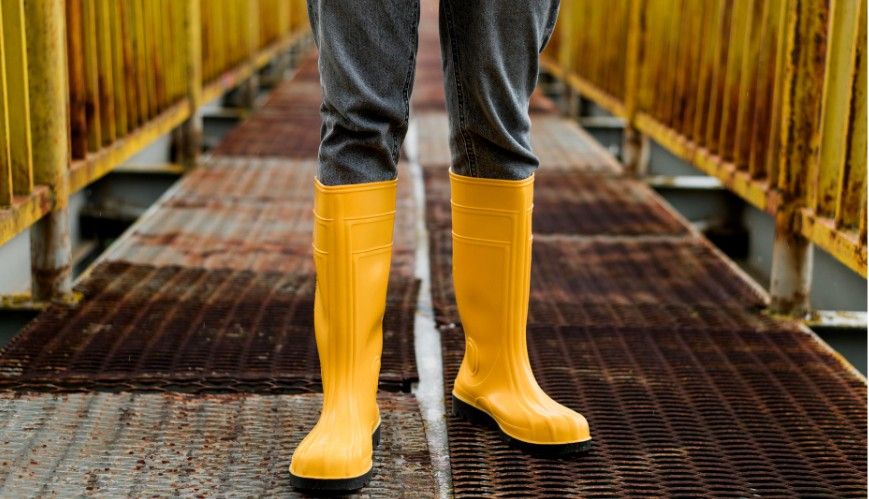
What’s the Best Way to Ensure Your Foot Protection is Effective?
Now that you know what to consider when selecting foot protection, here’s how to make the most of it:
1. Inspect Footwear Regularly
Wearing well-maintained footwear is crucial for safety. Check your shoes or boots regularly for damage, such as cracks, worn-out soles, or loosened steel toes. If you notice any damage, replace the footwear immediately.
2. Rotate Footwear
If possible, rotate your footwear to avoid wearing them out too quickly. For instance, if you have waterproof boots, try switching to ventilated shoes on days when the weather allows. This not only helps your shoes last longer but also keeps your feet more comfortable and dry.
3. Choose Foot Protection Based on Weather Conditions
Depending on your location, you may face extreme weather conditions. In colder climates, insulated boots with waterproofing are essential to prevent cold and wet feet. In hotter environments, breathable and lightweight shoes help keep your feet cool and comfortable.
4. Proper Cleaning and Care
Keep your boots and shoes clean and in good condition. This includes removing dirt and grime from soles and occasionally conditioning leather to prevent cracking. Cleanliness not only extends the life of your footwear but also improves its effectiveness in keeping you safe.
FAQ: All Your Questions About Foot Protection
1. How do I know if I need steel-toe boots for my job?
Steel-toe boots are necessary when working with heavy objects that could fall or crush your feet, like in construction or warehouse environments. If your job involves lifting or operating machinery with potential hazards, steel-toe protection is a must. Always assess the specific risks of your environment and choose footwear accordingly.
2. Can I wear regular sneakers to work if the risk seems low?
It’s tempting to opt for comfort over safety, but regular sneakers don’t offer adequate protection against workplace hazards. Even if the risk seems low, it is always advisable to choose footwear that aligns with industry standards and best practices. A good rule of thumb is to opt for work boots with the proper safety features if you work in an environment with potential hazards.
3. Can foot protection be customized?
Yes! Many footwear brands offer custom insoles or orthotic support to improve comfort and functionality. If you have specific foot conditions (e.g., flat feet or high arches), consult with a professional to ensure your footwear is tailored to your needs.
4. How often should I replace my foot protection?
The lifespan of your footwear depends on the environment and how frequently you use it. If you work in a heavy-duty environment, it’s advisable to replace your boots every 6 to 12 months. However, if you notice any wear and tear, like cracked soles or damaged uppers, replace them immediately to maintain safety.
Step into Safety: Choosing the Right Foot Protection for Your Job
Choosing the right foot protection is one of the most important steps in ensuring workplace safety. It’s not just about preventing injuries—it’s about making sure you’re comfortable, confident, and productive while working. The right footwear will protect your feet from dangers, help you maintain comfort, and ultimately improve your overall work performance.
So, next time you’re considering what footwear to wear for the job, take a moment to consider your environment, your comfort, and the risks involved. Proper foot protection is an investment in your health, safety, and success. Stay safe out there, and always remember that a good pair of boots or shoes can make all the difference!

